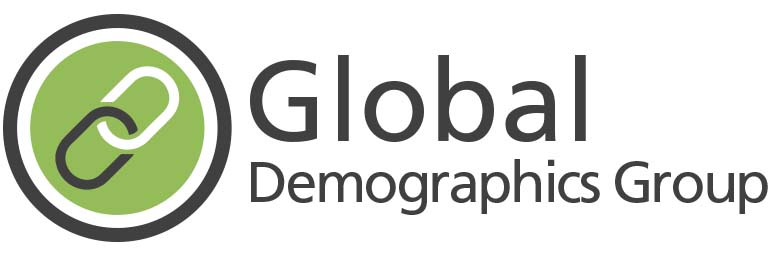How do you Avoid the RRSP Tax Time Bomb Trap?
One of the biggest mistakes we make as investors is that we forget just how much TAX we have to pay to CANADA REVENUE AGENCY, especially if we rely on RRSP savings for our retirement income.
Most Canadians are lured into saving for retirement with “traditional” qualified retirement plans such as RRSPs, which are promoted by their accountants and sold by their Banks and financial advisors. This is set up as a trap by the CRA.
Clients are convinced by professionals to contribute their pre-tax dollars because of the tax advantages during the contribution and accumulation phases of their retirement planning. However, they are usually not informed about the two most important phases: (1) when you withdraw your money for your retirement income, and (2) when you pass away and transfer any remaining funds to your heirs.
I can help you understand how to receive tax-favored benefits during all four phases of the retirement planning: The Contribution, Accumulation, Distribution, and the Transfer phase.
Here is an example using a single 45-year-old male named John.
Let’s say John was told by his accountant to maximize his contributions to his RRSP every year, from the day he started working, and he has accumulated a nice nest egg of $200,000.
Using the rule of 72 multiplied by an interest rate of 10% we know that John’s money will double in 7.2 years, without adding any more money to his RRSP. It is important to note here that we are only talking about the existing lump sum money, as any further deposits will just increase John’s tax liability.
At age 52.2 John’s money would have accumulated to $400,000.
By the time John reaches 59.4 his money would have grown to $800.000.
Another 7.2 years later at age 66.6 that $800,000 would have doubled once more to $1,600,000.
So here is the first question for you: “Would you be happy if I told you at age 45 that you would have $1,600,000 in RRSP savings when you retire?” Also, if I told you that you could maintain an average rate of return of 10% would you be happy? You would probably say YES, until I tell you that you now have a partner called CRA!
By the way, using my demographics and “Connecting the Dots” approach we averaged 18% over 37 years.
Unfortunately, because John used the wrong method to accumulate his $1,600,000 his entire income from this investment is 100% taxable.
If John only takes out the 10% that he earns each year and leaves the $1,600,000 principal intact, it will generate him $160,000 per year. However, assuming this is not his only income, when combined with other income John is now in the 50% tax bracket. This means that FOR THE REST OF HIS LIFE, until he dies, John will pay $80,000 of his RRSP money in taxes.
To make matters worse, John will likely have claw-backs from his government benefits, which he paid into all his working life and which adds up to about $100,000 or more. Thus, he will be penalized on his entitled benefits because he listened to his accountant and Bank advisor who ignored the Distribution phase of retirement planning.
But that is NOT the worse part!
Being single, when John passes away all his money including the $1,600,000 becomes 100% taxable before it goes to anyone else. It goes to CRA even though you may have a will stating that your children get your money.
In summary, any income over $250,000 is taxed at 53.55%; so on top of John’s regular withdraws of $160,000 from his RRSP or RRIF, CRA will add the principal of $1.600,000 for a total of $1,760,000. The entire $1,760,000 is taxed at 53.55%, which is $942.480 due in taxes.
Unless your RRSP/RRIF is sheltered, your money will also go to Probate that includes even more fees and more delays.
Now the question is: “Was this what you wanted?” Would you prefer an alternative way to save for retirement using 100% tax free money?”
You may ask yourself: “Is this possible?” The answer is YES. It is not only possible, we do it for most of our clients on a regular basis.
To learn how contact us.

